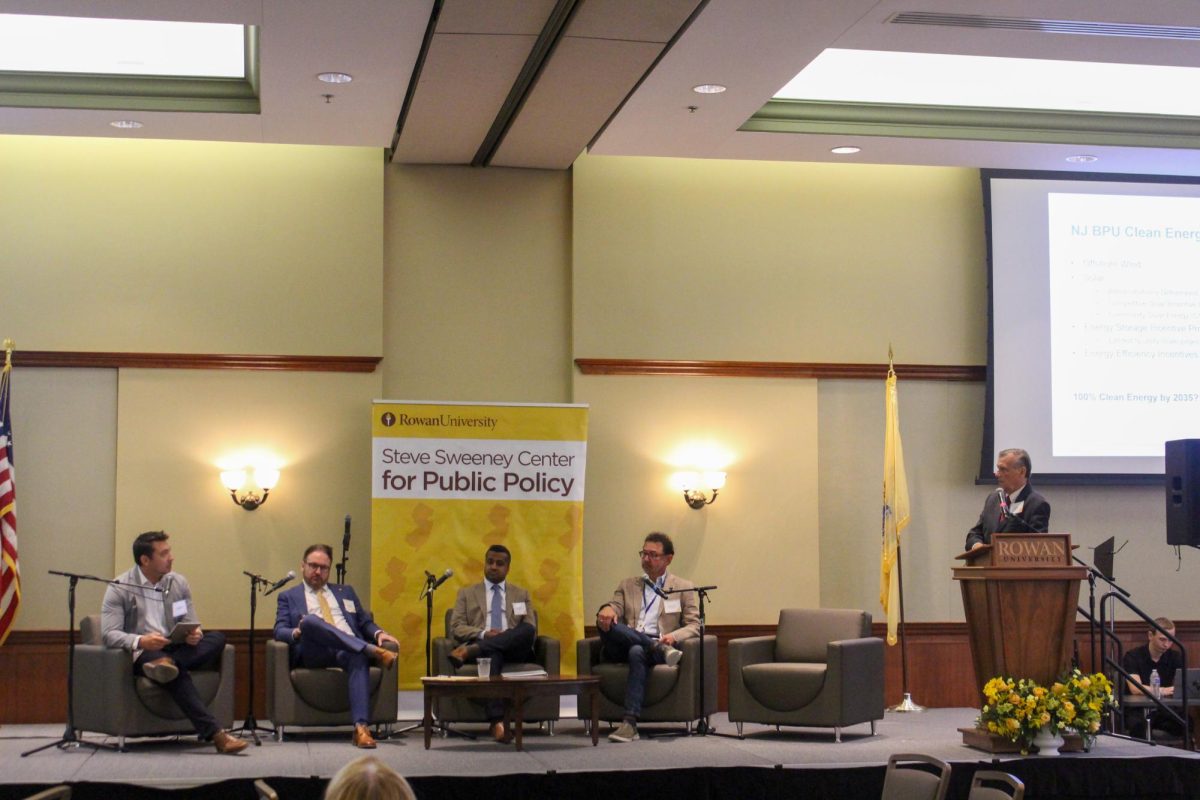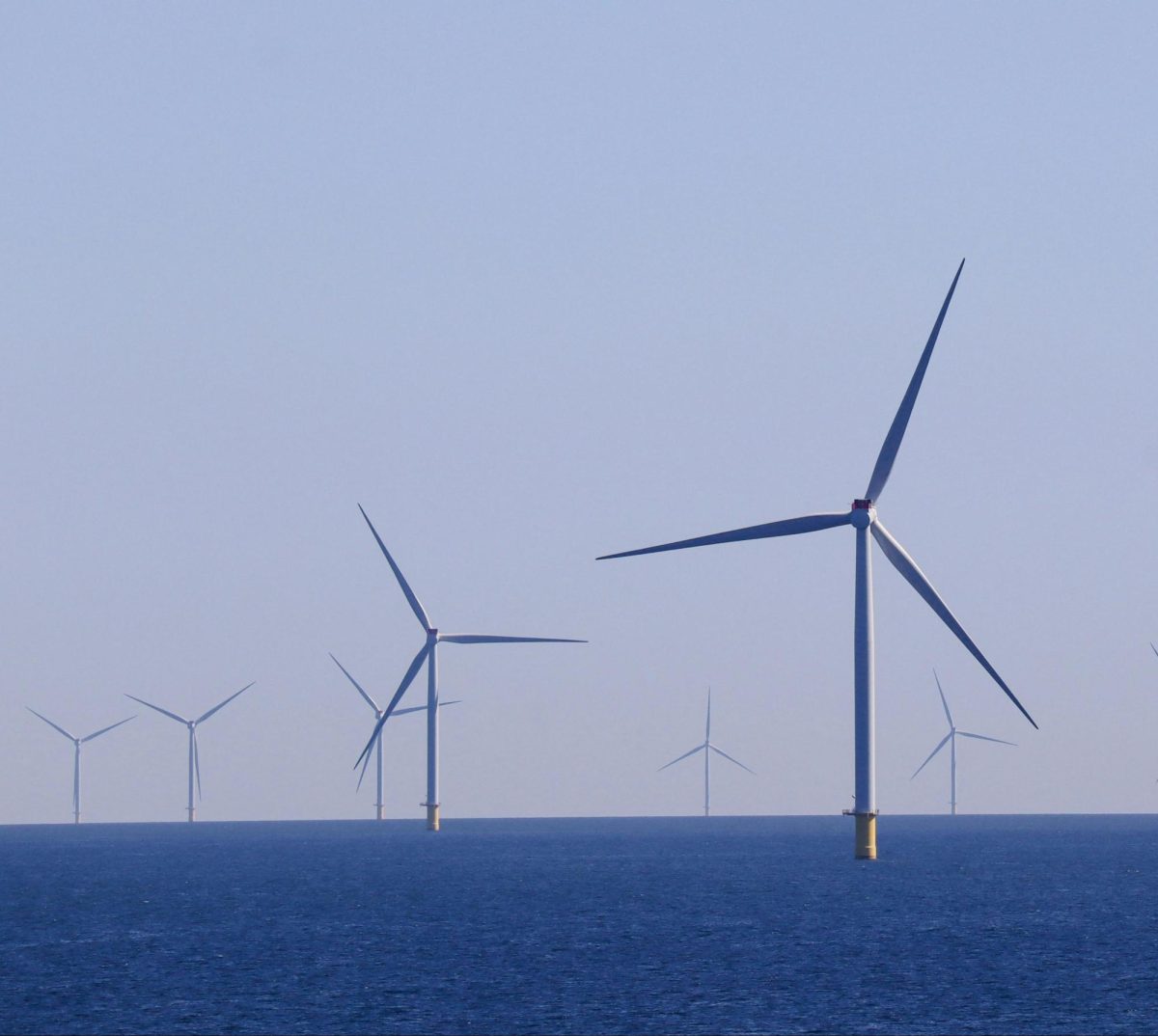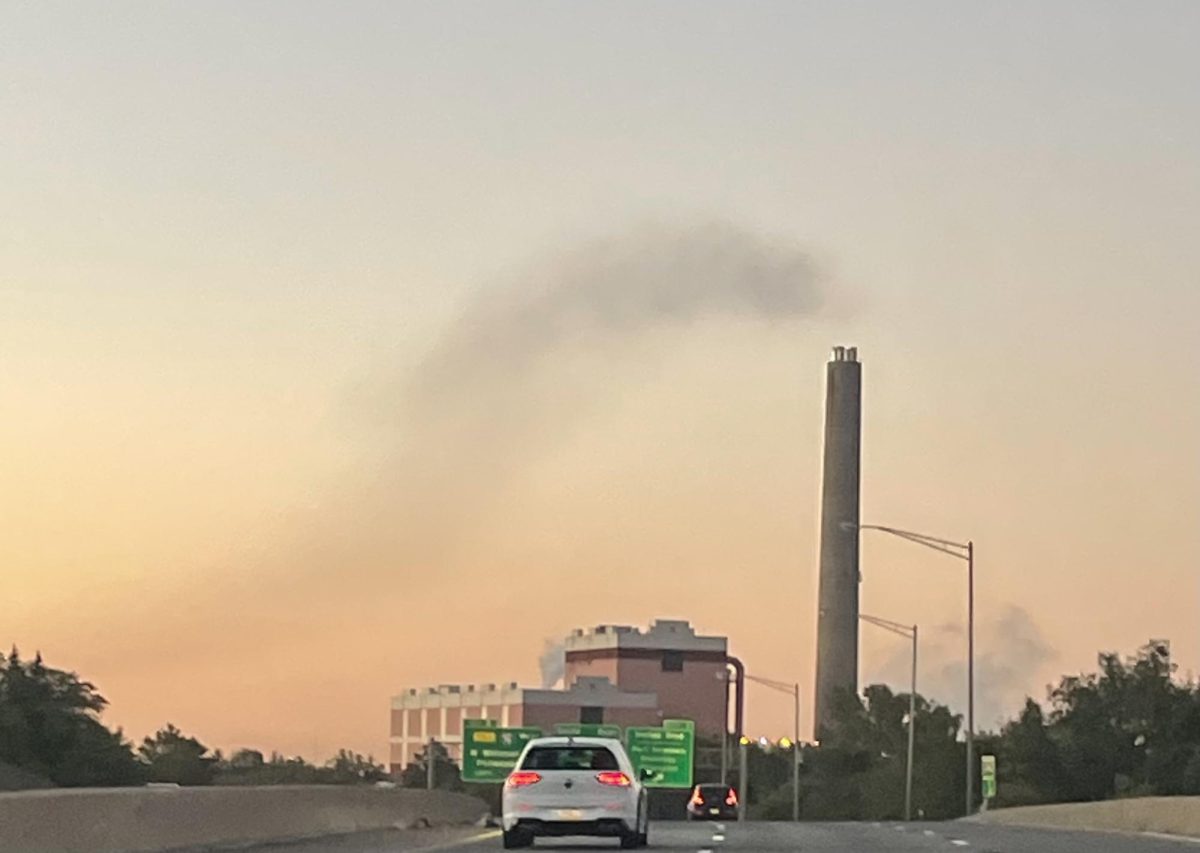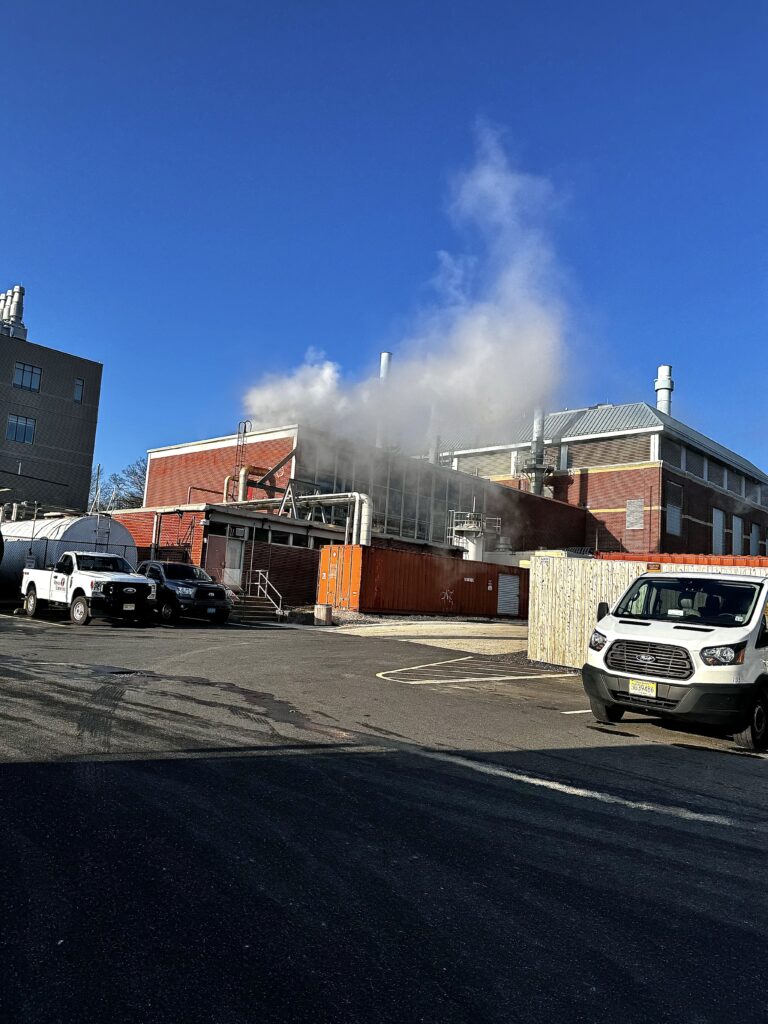What once was a Superfund site and landfill in Camden County will be transformed into a solar park that has the capacity to power more than 600 homes.
Solar energy developer Syncarpha Capital and energy consultant Blue Sky Power are in the process of constructing a 60-acre, 4.5-megawatt capacity solar array on a landfill owned by Gloucester Environmental Management Services Inc. The site is located at the intersection on Hickstown and New Brooklyn Erial Road in Gloucester Township.
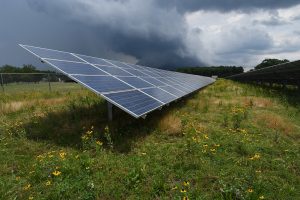
According to The Philadelphia Inquirer, construction of the solar park began on Nov. 19 and is estimated to be completed by April 2022. The goal of the operation is to potentially create 6,086,000 million kwH of clean energy every year after construction.
The groundbreaking for the solar array took place on Oct. 27 and many local and county officials were in attendance to celebrate the newest chapter of the site.
“We’re very excited about taking a piece of property that you once couldn’t do anything with to now being able to generate clean, reliable energy,” Gloucester Township Mayor David. R Mayer said. “It’s not only good for the environment but also good for the town, financially. So, it is essentially a win-win.”
As reported by The Philadelphia Inquirer, Syncarpha Capital will create a 25-acre photovoltaic solar generating facility that is made up of modules, inverters, wiring, and conduits. It will be home to a little over 11,000 solar panels and will be placed on land mounts atop the cap of the site. The electricity will then be directly exported to Atlantic City Electric’s grid.
Annie Jung, Project Developer at Syncarpha Capital, explained the construction process for the solar array. Installing the racking is the first step.
“For this specific site, the racking will be ballasted (fixed onto a block of concrete) instead of drilled into the ground because it is a capped landfill and we do not want to disturb it,” said Jung. “After the racking is installed, we secure the panels onto the racking and finish the wiring so the electricity that is generated can be exported onto the grid.”
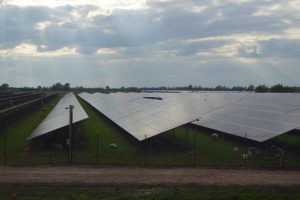
Syncarpha’s Asset Management team will manage and maintain the site, says Jung. The organization will be remotely monitoring the site for safety equipment and operations, electricity production management, and also landscaping. According to Jung, the site will require ongoing environmental monitoring as it is both a capped landfill and a former Superfund Site.
According to the United States Environmental Protection Agency, the site used to be owned by the township in the 1950s. Fast forward 30 years, the New Jersey Department of Environmental Protection closed the site once it was plagued with volatile compounds and other harmful chemicals after more than 10 years of dumping.
According to the EPA, the state DEP tested groundwater from a lake surrounding the site called Holly Run. It also tested the water found in private water wells. The groundwater was tested for the presence of VOCs or volatile organic compounds. VOCs are toxic gases that come from certain liquids, in this case, natural water sources. The EPA did indeed find high levels of VOCs in both the groundwater and surface water. Because of this, the EPA encouraged residents to begin to use public water systems rather than private wells. The state also halted the installation of any new wells in the area.
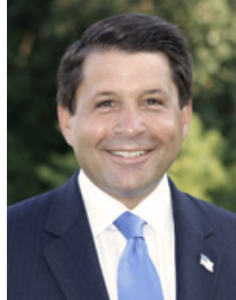
In September 1983, debris was cleaned up and removed from the site by the EPA. The agency then inserted a partial fence, a culvert, and a berm in order to control drainage at the landfill. A culvert is a large metal pipe used to direct the traffic of water. According to the Minnesota Stormwater Manual, berms are “compacted or vegetated structures designed to slow, pond, or filter runoff; divert runoff on a construction site to a sediment trap/basin; and/or ensure clean upland runoff does not move into disturbed areas.”
As reported by National Geographic, a Superfund site is an area that is polluted and is to eventually be cleaned up. According to the EPA, a Superfund site “allows EPA to clean up contaminated sites. It also forces the parties responsible for the contamination to either perform cleanups or reimburse the government for EPA-led cleanup work.”
In September 1985, the landfill was capped. According to the EPA, “Capping involves placing a cover over contaminated material such as landfill waste or contaminated soil. Such covers are called ‘caps.’ Caps do not destroy or remove contaminants. Instead, they isolate them and keep them in place to avoid the spread of contamination.”
Most of the site’s cleanup was completed back in 2004, however, cleanup is still going on to this day. In January 2017, the state DEP conducted sampling in sediment in the area. In 2019, another review of the site was conducted and it was concluded that the site is “protective of human health and the environment.”


